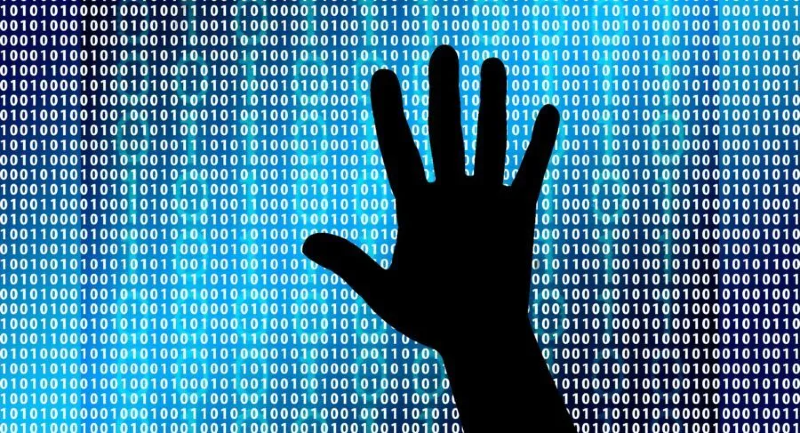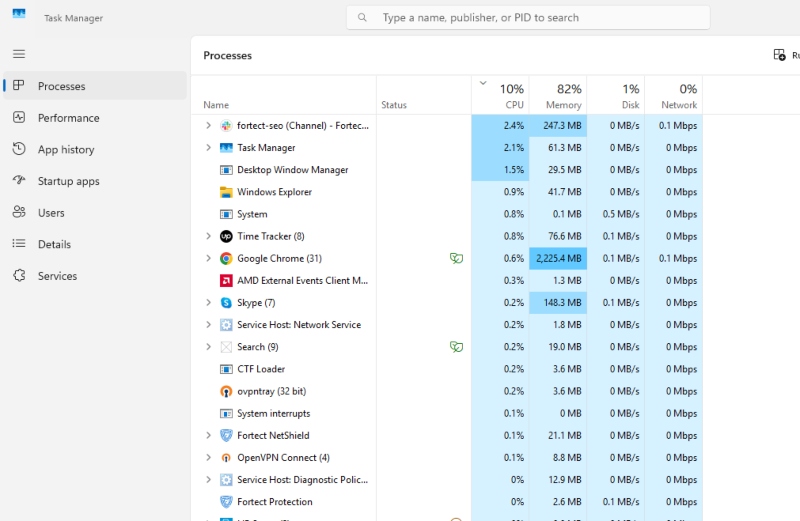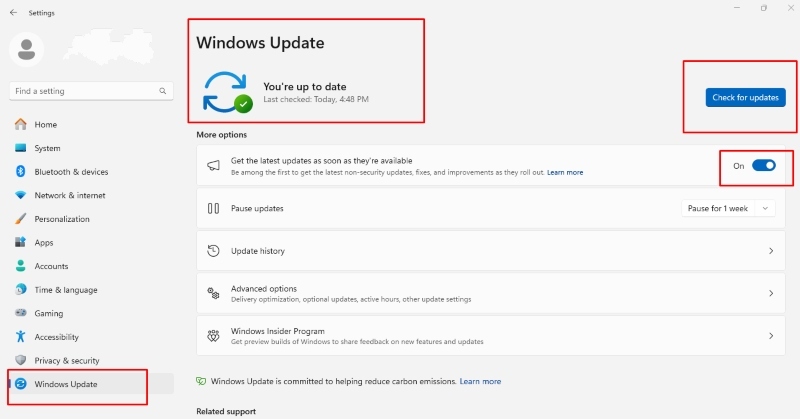Understanding and Removing Stealth Malware on Windows
If your Windows PC has been acting weird lately, like slowing down, showing strange network activity, or behaving oddly even though your antivirus says everything’s fine, you might be dealing with stealth malware. And yep, it’s just as sneaky as it sounds.
I’ll walk you through stealth malware, how it hides, the signs that something’s wrong, and exactly how to kick it out of your system, especially if you’re using Windows 10 or 11.
So, What Exactly is Stealth Malware?

Stealth malware is often a key weapon in what’s known as an advanced persistent threat (APT) attack, targeted, long-term cyber intrusions that quietly infiltrate and stay hidden within a system. These threats are becoming increasingly dangerous, especially when they target cyber-physical systems (CPS) like smart grids, healthcare devices, and industrial control systems.
Now, imagine this malware as a burglar sneaking into your home under an invisibility cloak. It’s not your run-of-the-mill computer virus. Stealth malware is designed to stay completely under the radar, dodging antivirus tools, pretending to be safe system files, or quietly lurking in the background while it monitors your activity, steals your data, or opens a backdoor for future attacks.
A Few Common Types to Watch Out For:
- Rootkits – These bury themselves deep in your system to stay hidden.
- Keyloggers – They record every keystroke you make (yes, including passwords).
- Trojans – They pretend to be helpful programs but are anything but.
- Backdoors – These let hackers sneak into your PC remotely.
Stealth malware can linger for months before you even notice something’s off.
How Does This Stuff Even Get In?
Good question. Most of the time, stealth malware slips in through some pretty common cracks:
- Phishing emails with malicious links or attachments.
- Free software that comes bundled with more than you bargained for.
- Outdated Windows systems that haven’t been patched in a while.
- Infected USB drives that quietly drop malware into your system.
It doesn’t always take much—one wrong click, and boom, you’ve got an invisible intruder.
Warning Signs Your PC Might Be Infected
Here’s the frustrating part: stealth malware doesn’t announce itself. But if you keep your eyes open, you might catch it slipping up. Some red flags include:
- Your PC suddenly becomes super slow or crashes often.
- You see weird background processes running in Task Manager.
- Your network usage spikes, even when you’re not doing anything online.
- Security tools stop working or mysteriously shut off.
- Strange pop-ups or your browser redirects to random websites.
If any of this sounds familiar, it’s time to dig deeper.
How to Detect and Remove Stealth Malware (Windows 10/11)
Getting rid of stealth malware takes a little more than a quick scan. Here’s a step-by-step game plan to clean up your PC:
🛠 Step 1: Start in Safe Mode
This limits what’s running, making hidden threats easier to spot.
- Go to Settings > Update & Security > Recovery.
- Click Restart now under Advanced startup.
- Select System > Troubleshoot > Advanced options > Startup Settings.
- Hit F4 to boot into Safe Mode.
👀 Step 2: Check Task Manager for Odd Processes

- Press Ctrl + Shift + Esc to open Task Manager.
- Look for anything you don’t recognize hogging CPU or memory.
- Right-click suspicious entries > Open file location. If it’s in a sketchy folder, that’s a red flag.
🔍 Step 3: Run an Offline Scan with Windows Defender
This scan runs before Windows loads, giving it a better shot at spotting hidden threats.
- Go to Windows Security > Virus & threat protection > Scan options.
- Choose Microsoft Defender Offline scan and click Scan now.
🧹 Step 4: Clean Up Startup Items
- Open Task Manager > Startup tab.
- Disable anything you don’t recognize or need.
- You can also run msconfig from the Run box to do this.
🔄 Step 5: Update Windows

Old vulnerabilities are a goldmine for stealth malware.
- Go to Settings > Windows Update.
- Click Check for updates and install whatever’s available.
🔐 Step 6: Lock Down User Access
Don’t let just anyone (or anything) run with admin privileges.
- Go to Control Panel > User Accounts > Manage Accounts.
- Change non-essential users to Standard.
- Turn on User Account Control for extra protection when apps try to make changes.
✅ Step 7: Utilize advanced malware protection

Let’s be real, manually tracking down stealth malware can be frustrating and time-consuming. If you’d rather have a tool that does the heavy lifting for you, Fortect is worth checking out.
🔒 Fortect offers real-time malware detection that’s built to catch even the sneakiest threats. It continuously scans your Windows system for malware, whether it’s an old-school trojan or a newly discovered rootkit, so you’re not left guessing.
✅ Protect your PC against stealthy threats with Fortect’s real-time malware scanning. Don’t wait until your system’s compromised—stop malware before it has a chance to hide.
Install Fortect today.
Wrapping Up
Stealth malware may be sneaky, but it’s not unstoppable. Once you know what to look for and how it behaves, you can catch it in the act—and eliminate it for good. The key is staying alert, keeping your system updated, and using tools that are built for real-time protection.
If your PC’s been acting “off” lately, don’t brush it off. Trust your instincts, take action, and make sure your system isn’t hiding something nasty in the background.




